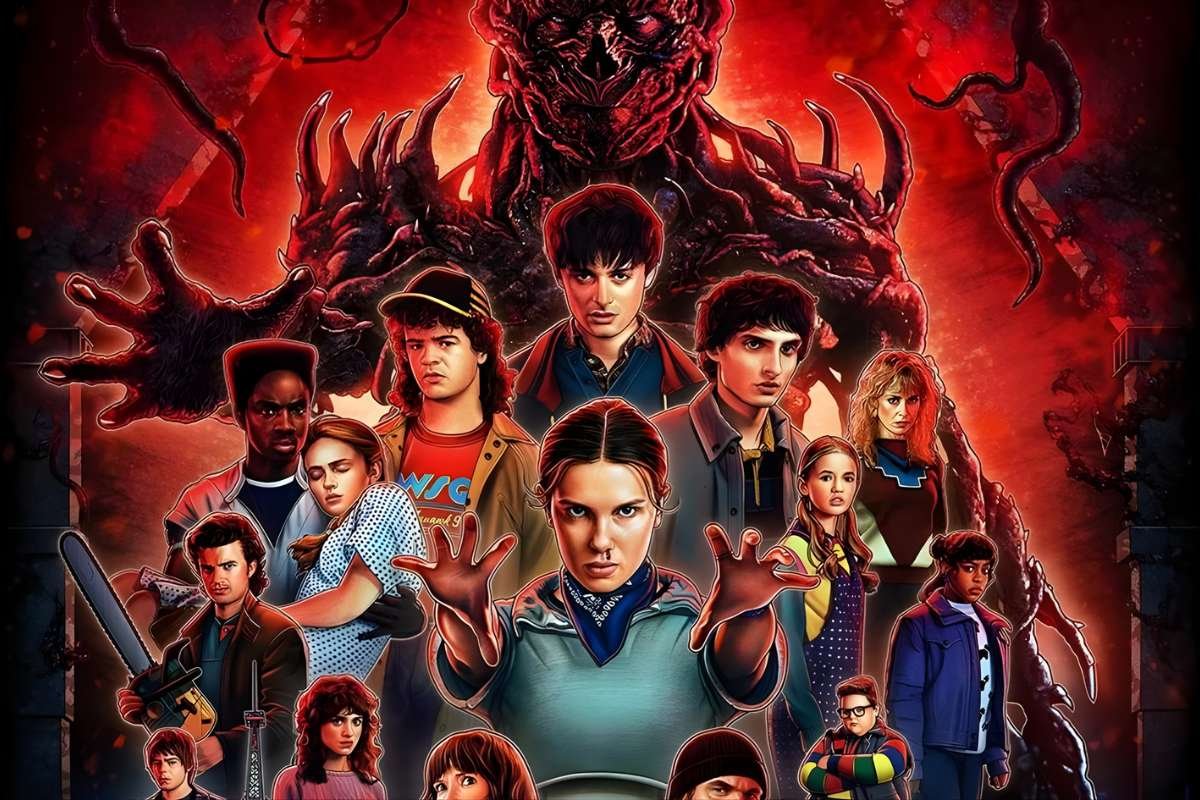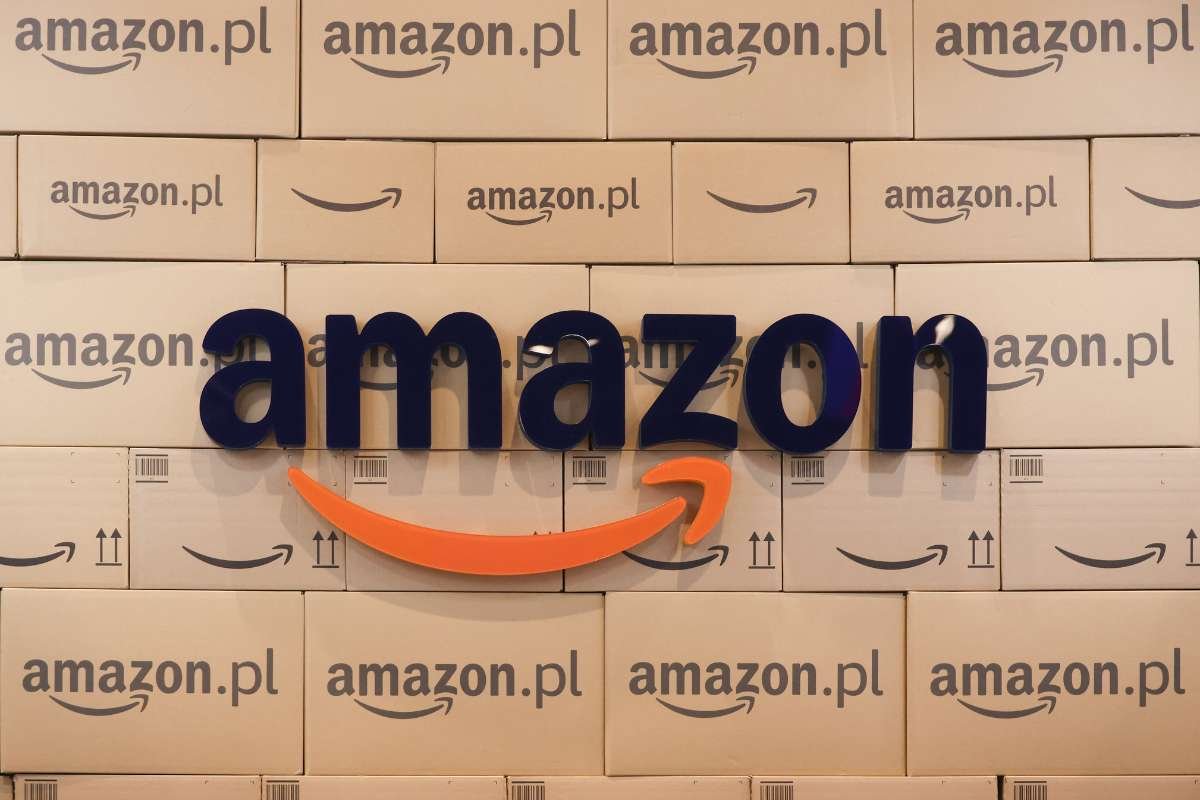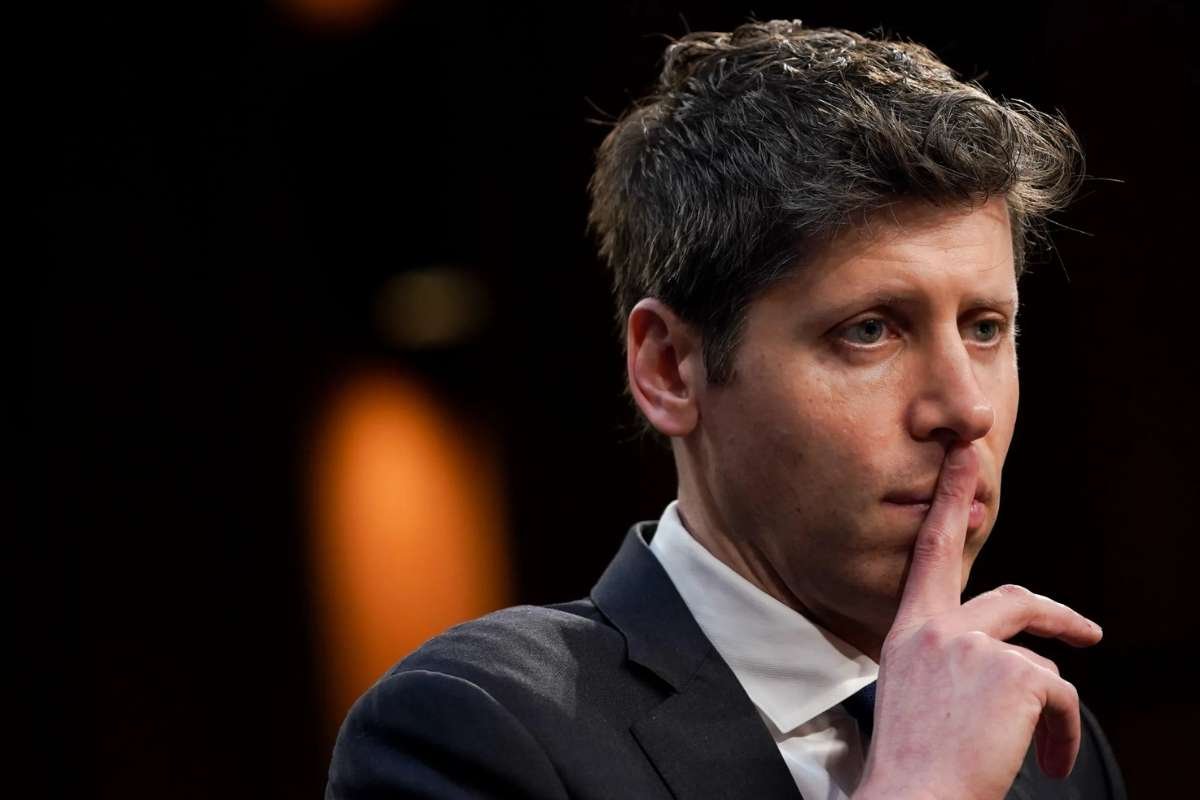Key Points:
- Blackout Impact: Disney and YouTube TV channels like ESPN and ABC went dark, hitting ~10M subscribers.
- Revenue Losses: Disney faces ~$4.3M daily losses, while YouTube TV risks subscriber churn.
- Sports Fallout: Fans missed major events, fueling outrage as both sides hold firm on fees.
Disney and YouTube TV are embroiled in a high-stakes dispute over carriage fees, leading to the removal of Disney-owned channels, including ESPN, ABC, and several popular cable networks, from the streaming platform since October 30, 2025. The disagreement centers on how much YouTube TV should pay for Disney’s content. Disney claims the streaming service is insisting on below-market rates, while YouTube TV counters that Disney is demanding fees higher than those it receives from other distributors.
The blackout impacts roughly 10 million subscribers, making it one of the largest streaming service disruptions in recent U.S. history. For viewers, the absence of key channels is already a major inconvenience, especially for fans of live sports and primetime entertainment. This standoff highlights the growing tension between traditional media giants and digital streaming platforms as both sides navigate a rapidly changing industry.
Financial and Viewer Impacts
The financial consequences for both companies are substantial. Analysts estimate Disney is losing about $4.3 million per day due to the blackout, amounting to nearly $30 million per week. If the standoff extends beyond two weeks, the losses could reach $60 million. YouTube TV has sought to ease the impact on subscribers by offering a $20 credit to affected users. However, with around 10 million subscribers, the move could cost the company up to $200 million if fully redeemed.
The blackout between Disney and YouTube TV also deprives viewers of major programming, including high-profile sports events such as Monday Night Football. For many subscribers, this disruption is not just an inconvenience but a significant loss of entertainment value. Beyond the immediate revenue implications, the dispute underscores broader challenges in the media industry. Disney’s traditional TV division has seen a decline in profits, even as its streaming and theme-park operations continue to grow, emphasizing the company’s ongoing strategic balancing act between different revenue streams.
Negotiations and Industry Implications
Disney executives have maintained a firm stance, stating that their offer to YouTube TV is equal to or better than agreements made with other large distributors. They insist on a deal that reflects the value of Disney’s programming and are prepared to maintain the blackout if necessary. YouTube TV, meanwhile, has expressed willingness to negotiate but insists that Disney’s demands exceed the rates paid by rival distributors. Both sides appear entrenched, leaving millions of viewers caught in the middle.
Industry analysts note that the Disney and YouTube TV dispute reflects broader strategic shifts in the media landscape. As audiences migrate from traditional pay-TV to streaming, content providers like Disney are pushing for higher fees to maintain profitability, while streaming services aim to control costs and protect subscriber growth. The standoff also raises questions about how future negotiations will shape the availability and pricing of premium content across digital platforms. For now, viewers remain in limbo, awaiting a resolution that could restore access to some of the country’s most-watched channels.


















